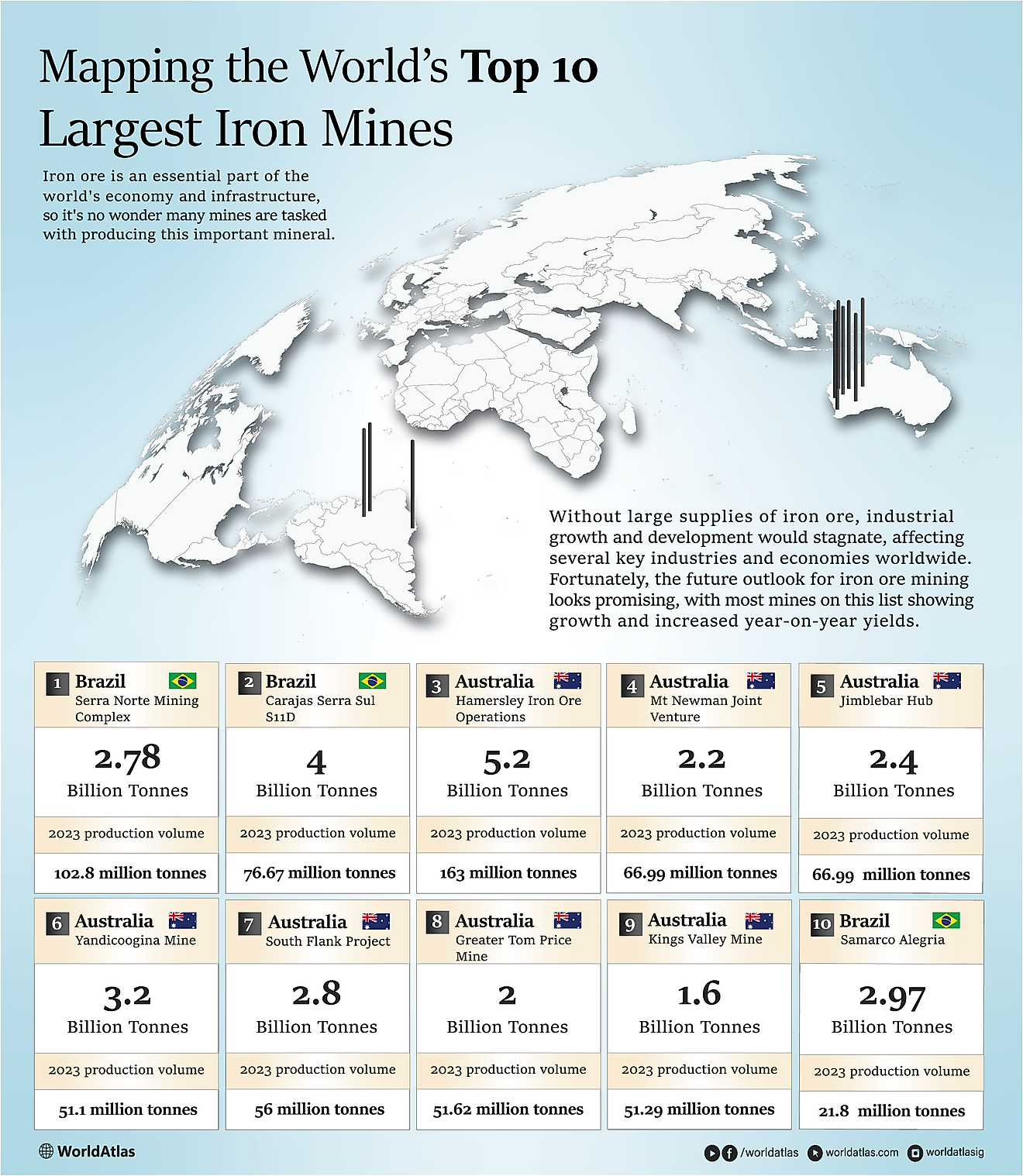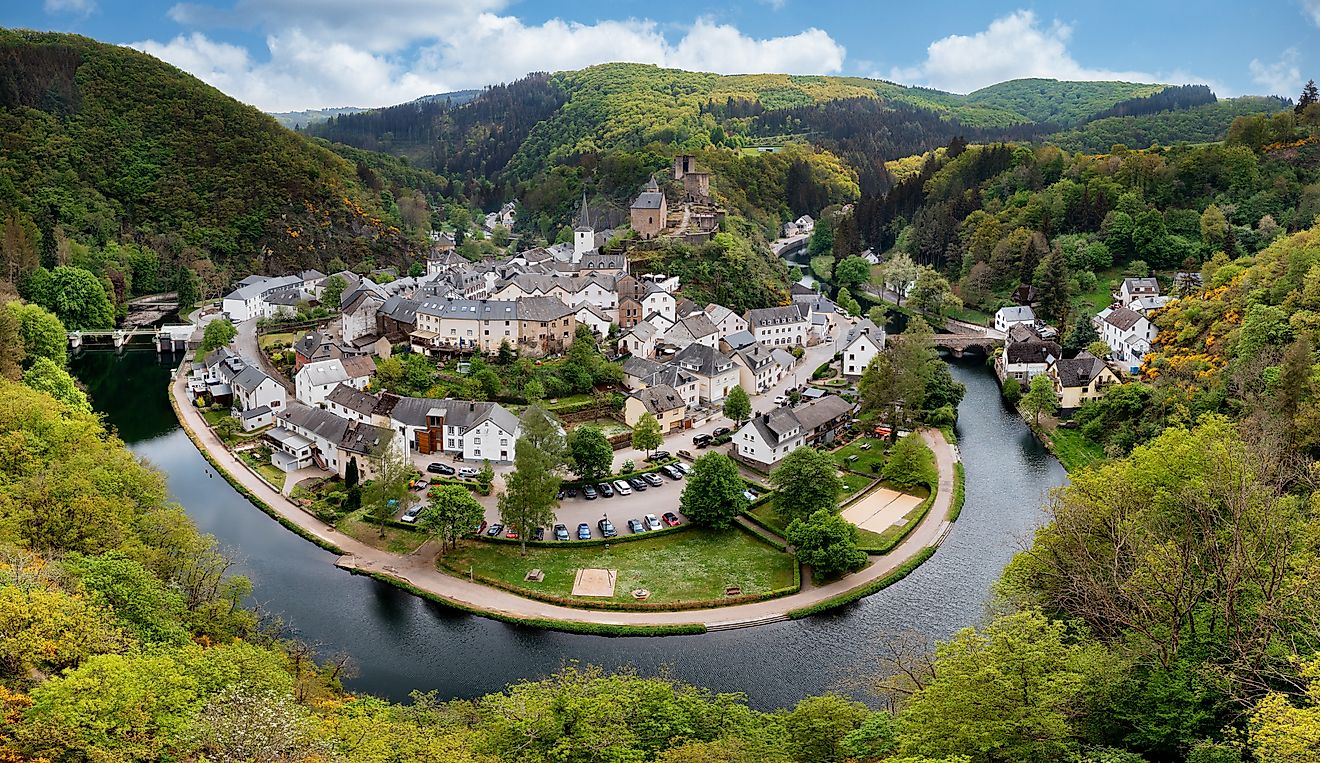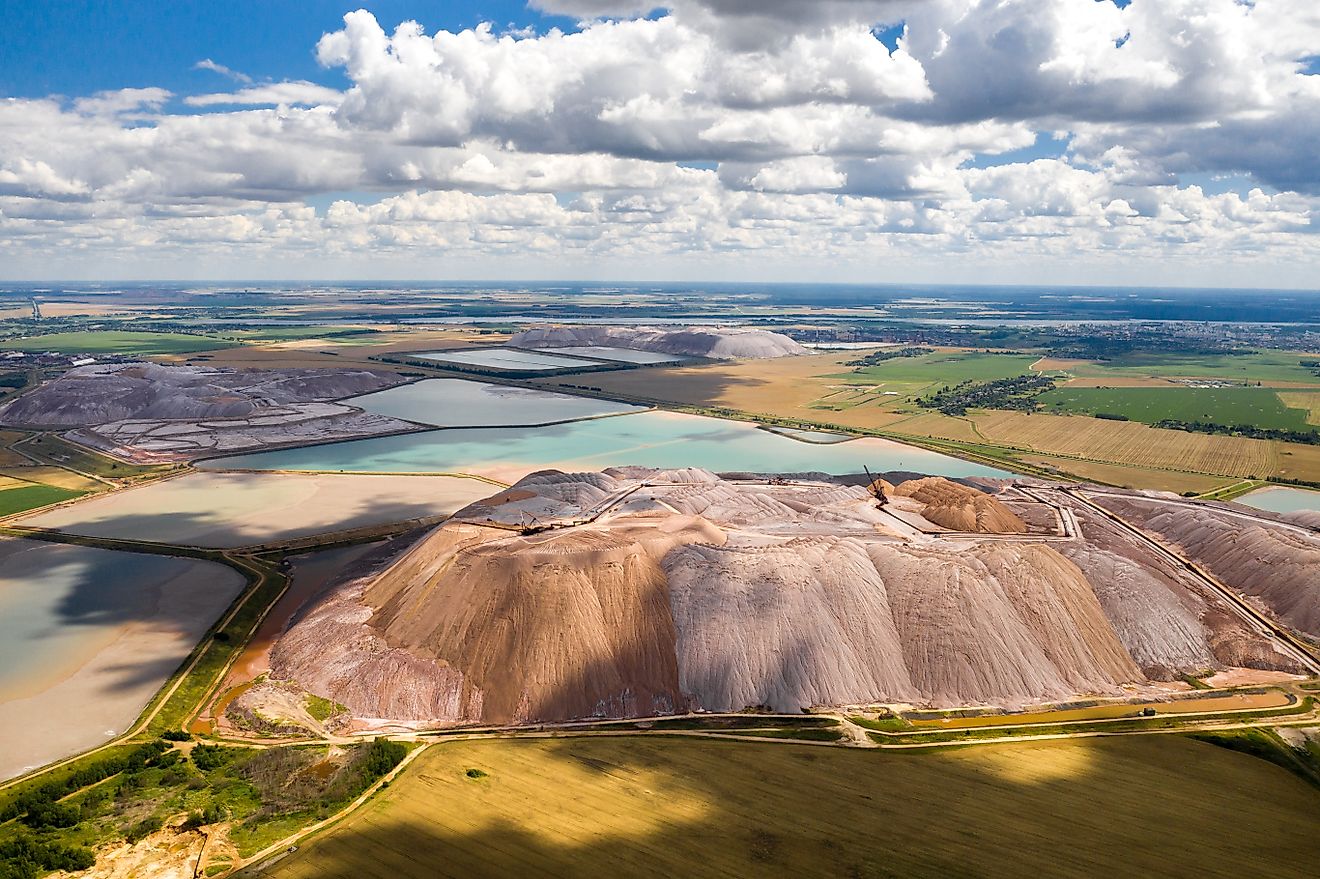What Was "Miracle On The Han River?"

The “Miracle On The Han River” is a phrase that represents the period when South Korea began its transformation from one of the world’s poorest countries to the economic giant it is today. In the wake of the “Miracle On The Han River,” South Korea emerged as a model country in social-economic growth.
Origin
The phrase was introduced by South Korea’s Prime Minister, Chang Myon, as part of his New Year address in 1961 in which he requested his fellow South Koreans to withstand the discomfort that came with change and be optimistic of economic growth. The phrase was derived from a similar phrase; “Miracle on the Rhine,” coined in reference to the dramatic economic resurgence of West Germany soon after the Second World War.
Pre-Independence Korea
Japan’s Imperial Empire had established Korea as its colony in 1910 and invested heavily in developing the peninsula. Unified Korea would undergo a rapid modernization and industrialization in the 1930s and 1940s, resulting from the investments from the Empire. However, the benefits of the tremendous economic growth were only felt by the Japanese and left the majority of Koreans impoverished. Japan’s participation in the Second World War particularly in the Pacific Theater, had disastrous consequences in Korea’s economic growth and by the end of the war, Korea was among the world’s poorest countries.
Independent Korea
The Korean War of the mid-20th century worsened the economic situation of the Korean peninsula but led to the birth of the Republic of South Korea. South Korea’s economy was then based primarily on agriculture, and in the 1960s, the young nation began the redistribution of land previously held by the Imperial Japanese government. The phrase was coined during this period, during the era of the Second Republic of South Korea. While this period of the nation’s history lasted for only a year, it had a profound effect in the shaping of the country’s economic future and set South Korea on the path to becoming a global economic giant.
The Second Republic of South Korea, established in 1961 through a military coup, represented the period which triggered the Miracle On The Han River. The government had constituted an economic plan known as the national “Five Year Plan.” While the economic plan had dismal results upon the lapse of the five years, it was the foundation on which the country’s future urbanization, industrialization, and overall economic growth were built.
The Third Republic of South Korea lasted from 1963 to 1972 and was the period when South Korea received billions of dollars from Japan in the form of property claims. The period also saw South Korea participate in the Vietnam War, in support of the United States. In return, the country received foreign aid from the United States. The government used these funds to accelerate the development of the country and placed much emphasis in opening up the rural regions.
Modern Korea
South Korea is a testament to how economic policies can transform a country. By the end of the 20th century, South Korea was already a global powerhouse able to host major international events. The country is now among the largest economies in the world and was inducted into the G20 in 2010.











